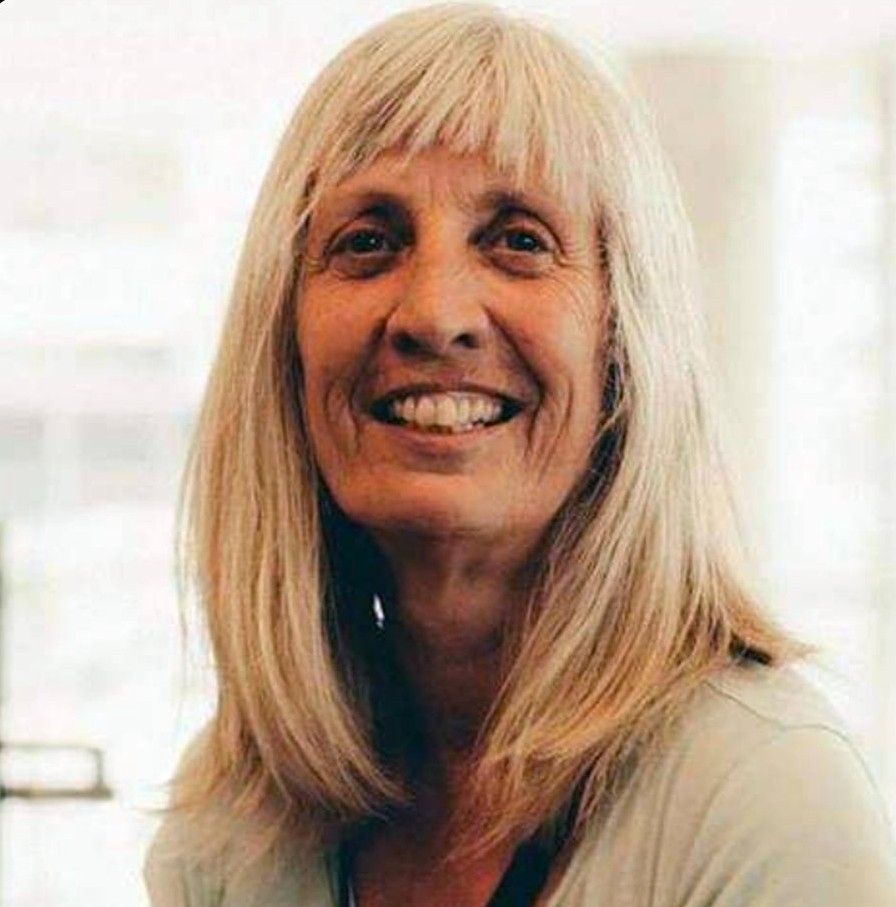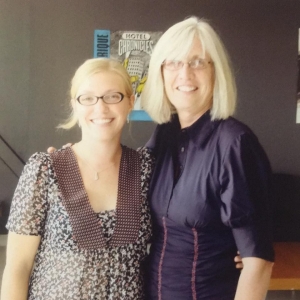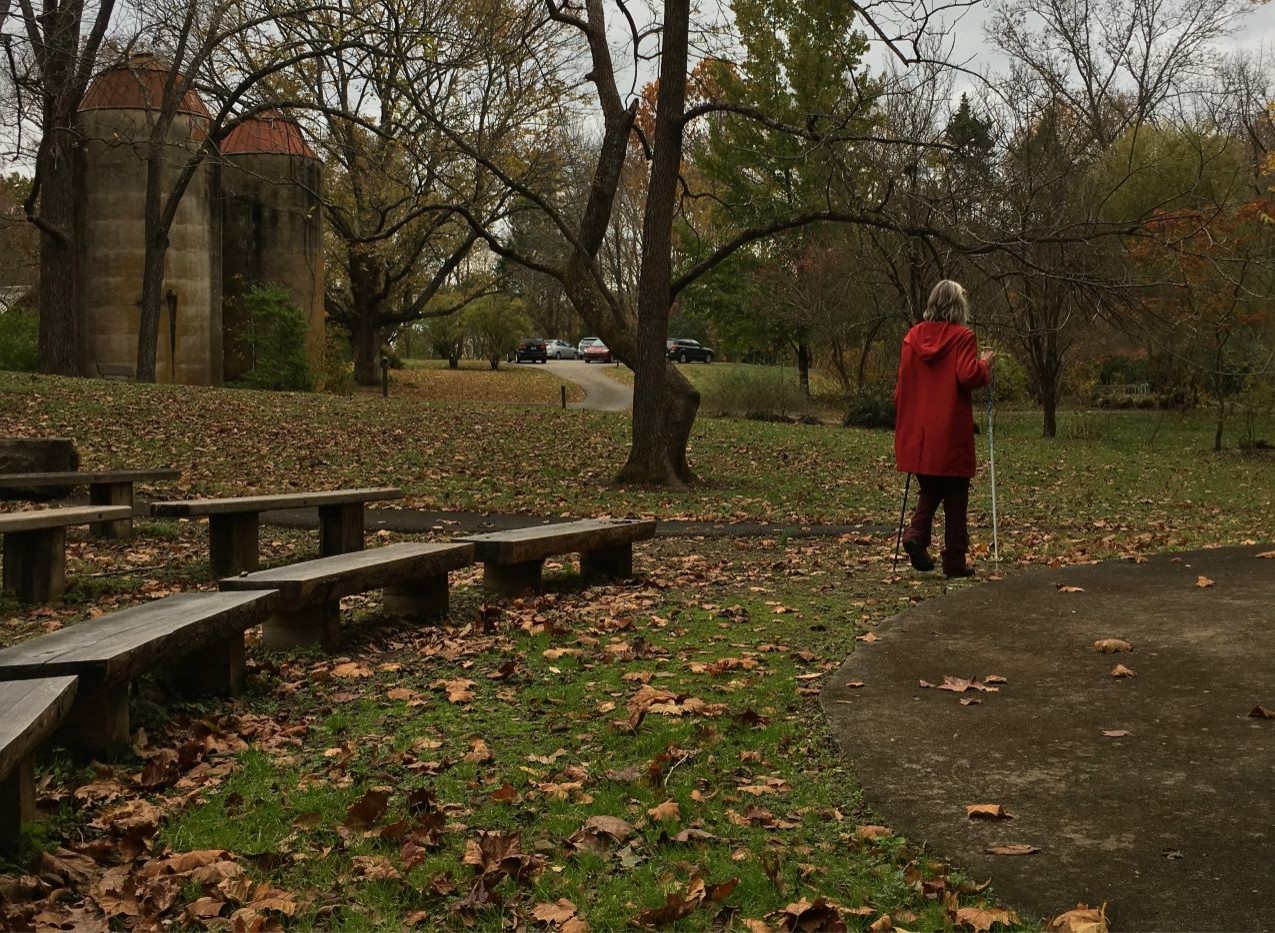Andrea-Jane Cornell, another research assistant on the Lachine Canal project, also witnessed this inspired generosity in McCartney.
“She could always find something to question, opening new paths and branches to further knowledge,” says Cornell.
Sandra Gabriele (PhD 04), Concordia’s vice-provost of innovation in teaching and learning, served as a research assistant on the project during her PhD program. Later, she would join McCartney as a professor in the Department of Communication Studies and in 2014, became the department’s chair.
“I will never forget Andra’s enthusiasm in mentoring me as a new doctoral student, completely unfamiliar with sound studies,” says Gabriele.
“Undaunted by my lack of knowledge or experience, she welcomed me to her team, taught me what I needed to know and sent me off to explore Montreal using new tools and new ways of understanding the world,” she recalls.
Lisa Gasior studied with McCartney during her time as an undergraduate and master’s student, and worked alongside her on the In and Out of the Sound Studio project. The two would remain close friends.
As one of very few women working in sound production in the video game industry, Gasior says the themes of the In and Out of the Sound Studio project and conference continue to inspire and inform her in her career.
“She brought together this group of amazing women working in sound production, many of whom were trailblazers in their fields. The experience of organizing the conference with Andra was infinitely rewarding.”


 Andra McCartney. Former student David Madden: "She was part of a small group of scholars that developed the first sustained gender critique of electronic and electroacoustic music."
Andra McCartney. Former student David Madden: "She was part of a small group of scholars that developed the first sustained gender critique of electronic and electroacoustic music."
 Lisa Gasior (left) and Andra McCartney at Gasior's thesis defense.
Lisa Gasior (left) and Andra McCartney at Gasior's thesis defense.
 Andra McCartney on a soundwalk. Photo by Andrea-Jane Cornell.
Andra McCartney on a soundwalk. Photo by Andrea-Jane Cornell.


